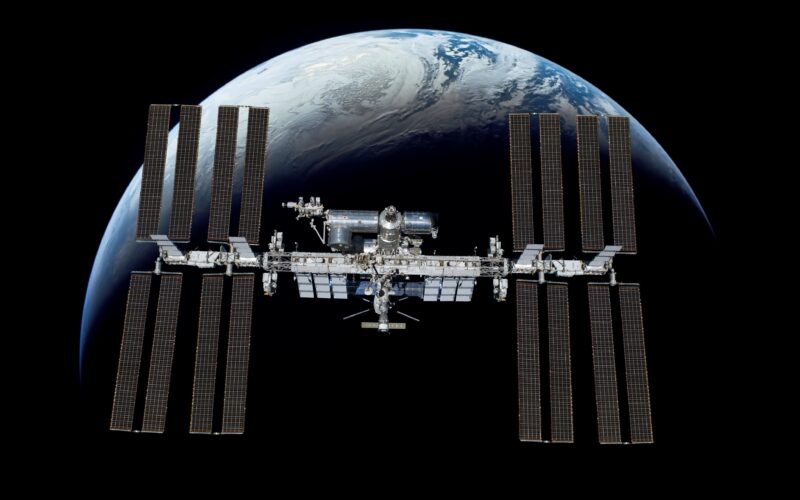Since November 2, 2000, a group of astronauts has been traveling approximately 250 miles (400 kilometers) above our planet’s surface in Earth’s largest artificial satellite, the International Space Station (ISS).
The ISS is moving at the speed of approximately 5 miles per second (28,968 kilometers per hour) and orbiting the earth every 90 minutes. The ISS is 356 feet (109 meters) in diameter and is the third brightest object in the sky after the sun and the moon.
While some people think that it’s impossible to see the ISS with the naked eye, it is actually one of the easiest space objects to spot without a telescope if conditions are right.
The space station is visible because it is powered by an acre of highly reflective solar panels which reflects light from the sun, National Aeronautics and Space Administration (NASA) explains on its official website.
According to NASA, space station-spotting opportunities vary from once a month to several times a week. From the earth, the space station looks like a bright white spot or a star moving quickly across the sky, “except it does not have flashing lights or change direction” like an aircraft.
The best spotting chances come at dusk or dawn during cloud-free weather when the sky is clear. In addition, during the northern hemisphere summer, it is possible to spot the ISS throughout the night because the space station receives enough sunlight to be visible.
“Unlike the moon, the space station isn’t bright enough to see during the day,” NASA says.
In order to watch the ISS orbiting our planet, the space station must be traveling over your head.
To locate if the ISS is visible and nearing your location, a variety of apps can prove useful, including Space Spot, ISS Detector, and NASA’s ‘Spot the Station’ website (which can be found here: https://spotthestation.nasa.gov/home.cfm).
NASA’s ‘Spot the Station’ tool sends alerts when the ISS is visible at your location, and when the space station reaches a height of at least 40° on flyover. It also shows how long it is likely to be noticeable.
“Flyovers reaching at least 40° provide the best chance for a sighting opportunity because they are visible above most landscapes and buildings,” NASA explains.

